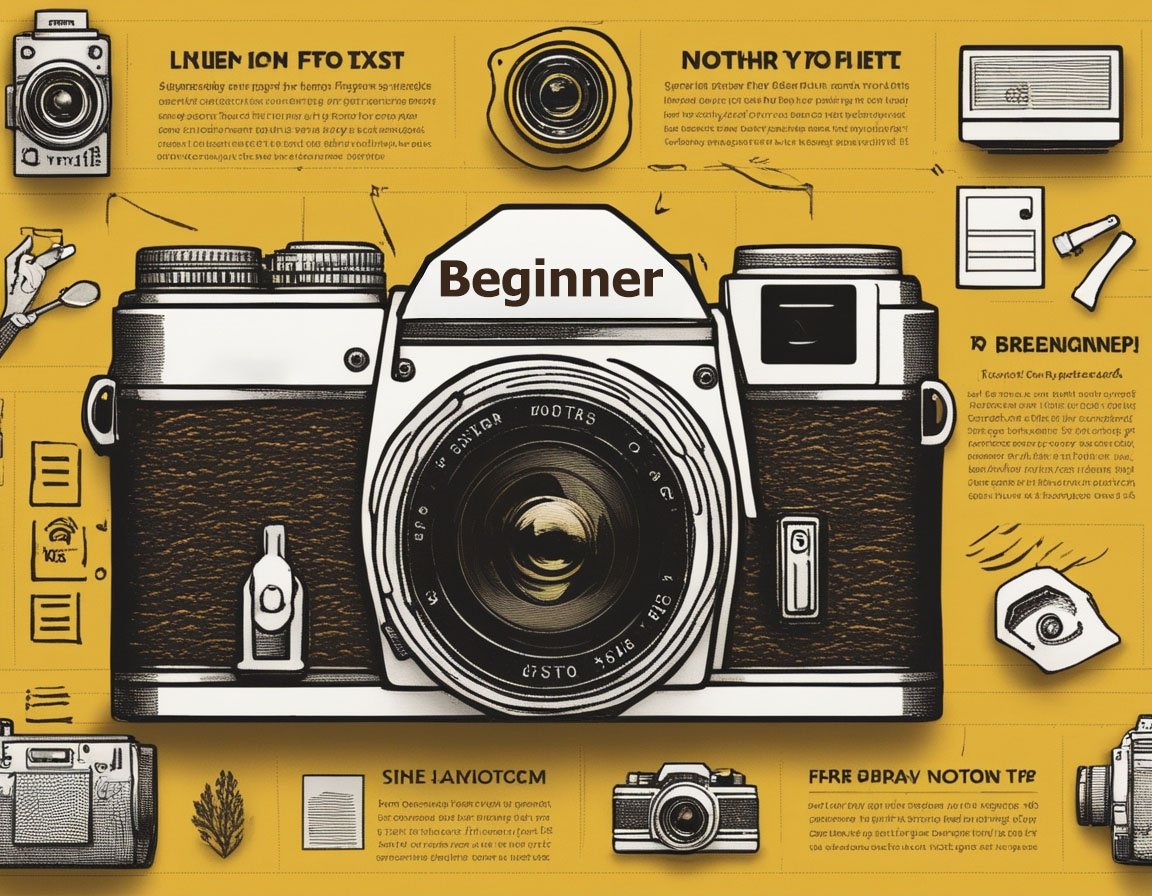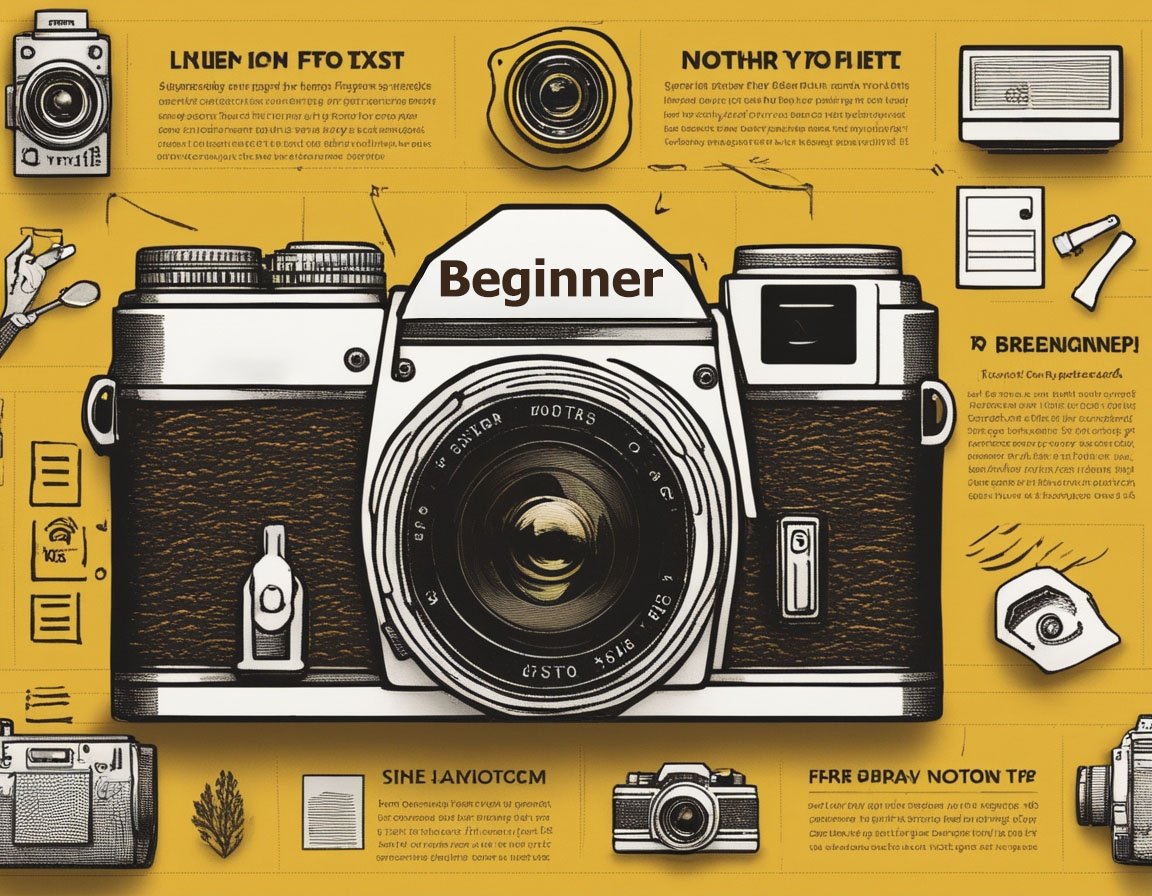The Importance of Choosing the Correct Focal Length in Photography
In photography, selecting the appropriate focal length is crucial to achieving the desired visual effects and communicating effectively with the audience. The focal length, typically measured in millimeters (mm), refers to the distance between the lens and the image sensor when the subject is in focus. This choice significantly impacts aspects such as perspective, depth of field, and the overall composition of the photograph. Misjudging the focal length can result in images that fail to communicate the photographer’s intent, making this decision pivotal in the creative process.
Understanding Focal Length Categories
Lenses are categorized into three primary types based on their focal length: wide-angle, standard, and telephoto. Each type comes with specific characteristics suited to particular shooting environments and subject types.
-
Wide-angle lenses (usually less than 35mm) are perfect for landscapes, architecture, and scenes where a broad view is necessary. They offer a deeper field of view, allowing more of the scene to be captured in a single frame. However, using a wide-angle lens inappropriately can distort the subject, making it appear unnaturally stretched or expanded.
-
Standard lenses (typically 35mm to 70mm) closely approximate the human eye’s perspective. This makes them versatile for many types of photography, from portraits to street photography. They provide a natural view without altering the perception of the subject.
- Telephoto lenses (greater than 70mm) are ideal for subjects that are difficult to approach, such as wildlife photography, sports events, or distant landscapes. They compress the depth of field, enabling a more focused composition on distant subjects. Yet, excessive use may isolate the subject too much and cause a disconnection from the environment.
The Consequences of Incorrect Focal Lengths
Selecting the wrong focal length can mar the impact of a photograph. For instance, using a wide-angle lens for close-up portraits can result in unflattering facial distortions. Features such as the nose may appear exaggerated, creating a cartoonish effect. Conversely, using a telephoto lens for group photos can compress the subjects too much, reducing the sense of togetherness and interaction.
In architectural photography, the wrong focal length can lead to skewed, misshapen structures. Buildings can look tilted or warped when shot with an inappropriate wide-angle lens. Therefore, photographers aiming for realism and architectural integrity should be cautious and consider the lens’ effect on straight lines and symmetry.
The Benefits of the Right Focal Length
Choosing the correct focal length enhances the storytelling aspect of photography. With the right lens, photographers can frame their subject distinctly, control background elements, and manage lighting and spatial relationships to their advantage. For example, in portrait photography, a standard or slightly telephoto lens (often between 70-135mm) is preferred to ensure a flattering representation of the subject. This range provides a balanced depth of field, isolates the subject against a soft background, and retains the natural features without distortion.
In landscape photography, wide-angle lenses enable the capture of expansive vistas, ensuring both the foreground and background are in focus. This added depth makes the image inviting and immersive. Conversely, telephoto lenses in landscape settings can highlight specific elements, such as a distant peak or a unique cloud formation, by isolating them from the broader scene.
The Role of Prime vs. Zoom Lenses
Photographers often choose between prime and zoom lenses. Prime lenses have a fixed focal length and are renowned for their quality, sharper images, and larger apertures that allow more light to hit the sensor. These lenses encourage creative thinking and movement around the scene to frame the perfect shot.
Zoom lenses offer flexibility with variable focal lengths, ideal for dynamic shooting environments where changing lenses frequently isn’t feasible. They can swiftly adjust from wide-angle to telephoto, making them versatile for scenarios like weddings or travel photography. However, their optical quality might slightly trail behind prime lenses due to the complexities in lens construction.
Enhancing Creativity and Skill Development
Understanding focal lengths can significantly enhance a photographer’s creative vision and technical skillset. By consciously selecting different lenses, photographers learn to anticipate outcomes, adjust compositions, and understand how focal length affects mood and narrative. Experimentation with focal lengths can open new dimensions in photography, paving the way for innovative compositions, abstract representations, or striking juxtapositions.
When photographers take the time to understand the nuances of each focal length, they empower themselves to make more informed decisions. They gain the ability to transcend mere technical shots and craft images that resonate emotionally with viewers, each photo a testament to the photographer’s vision and expertise. In sum, the judicious selection of focal length is not merely a technical decision but a gateway to artistic expression in the vast world of photography.



